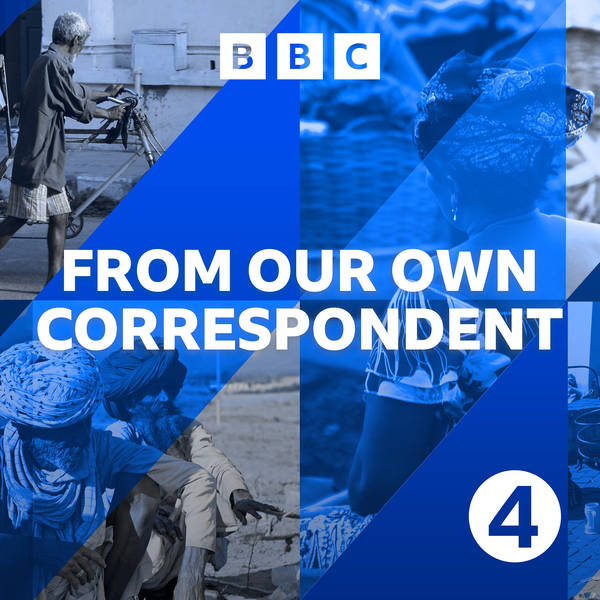
Bosnia: New Tensions From An Old Conflict
Bosnia was the site of Europe's worst conflict Europe since the Second World War ended. Fighting there in the 1990s ended up killing around a hundred thousand people. Bosnian Serbs were pitted against Croats, and Muslim so-called Bosniaks. This was an old-fashioned battle for territory, and it only ended when a compromise was reached – that Bosnia would remain one country, but with two regions each having a certain degree of autonomy. There would be one, predominantly Serb region, and another joint Croat and Muslim. This was always a fragile solution, a fudge, some said, to ease the country away from bloodshed. But now, bits of that peace deal are beginning to look rather frayed, and some have even spoken of a return to fighting. While few predict war any time soon, Guy Delauney say this is still highly dangerous talk.
You can understand why Poles are just a little sensitive about being told what to do by outsiders. Their country has suffered repeated invasion and occupation, and at times, has vanished off the map altogether. There were wild celebrations when Poland was accepted for membership of the European Union back in 2003. This was seen first of all as a mark of respectability, recognition that it had become a modern, free market democracy. But many Poles believed membership of the EU also took the country another step further away from the embrace of Russia to the east, while leaving it closer knit with friendly countries to the west. Today, EU membership remains popular in Poland, but not so the EU itself. The Polish government has promised to defy instructions emanating from Brussels, and indeed is currently facing a fine of one million Euros a day imposed by the European Court of Justice, for refusing to abide by previous rulings. Adam Easton has been looking at what is one of Europe’s most intense love-hate relationships.
The COP summit on climate change chalked up an achievement this week. Delegates in Glasgow signed an agreement to stop deforestation by 2030, promising they would make attempts to reverse it. This follows decades in which vast swathes of forest have been chopped down, to provide wood, and to open up tracts land for growing crops on, often to feed animals which are then raised to provide meat. But the axe and the chainsaw are not the only threat which trees face. Climate change is already altering the conditions in which they grow, and sometimes with terrible consequences for individual trees and indeed, for the very landscape in which they flourish, as Jenny Hill discovered in Germany.
The effects of climate change may be slow and initially barely visible, but sometimes they are all too clear. This summer just past saw record temperatures in parts of Europe, and out of control fires as a consequence. Trees in Greece were burned to a cinder, as one part of the country after another succumbed to the flames. Bethany Bell reported on those fires, and now she has been back to watch people picking up the pieces after this devastation, and also talking to those trying to figure out how to stop it happening again.
The Europe of today is very much shaped by its experience of war and political upheaval. Bosnia’s conflict was born out of the collapse of Yugoslavia, a nation which itself was created out of the ashes of World War One. The EU was formed as an attempt to ensure that such a Europe-wide conflict would never happen again, and that democracy would become the rule. Even the natural landscape was shaped in part by war, with the need for food security high in people’s minds. And yet it remains an open question whether the lessons of this turbulent past have really been learned. A few thousand miles away from his original home in Vienna, Hilary Andersson spoke to a man who witnessed perhaps the worst of Europe’s modern history. Lying in hospital, just days from death, he shared his memories of the Nazis, and his fear that the value and fragility of democracy risks being forgotten.
